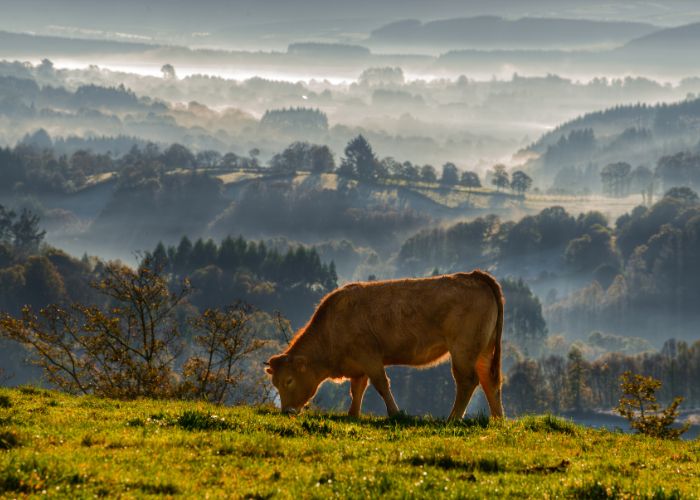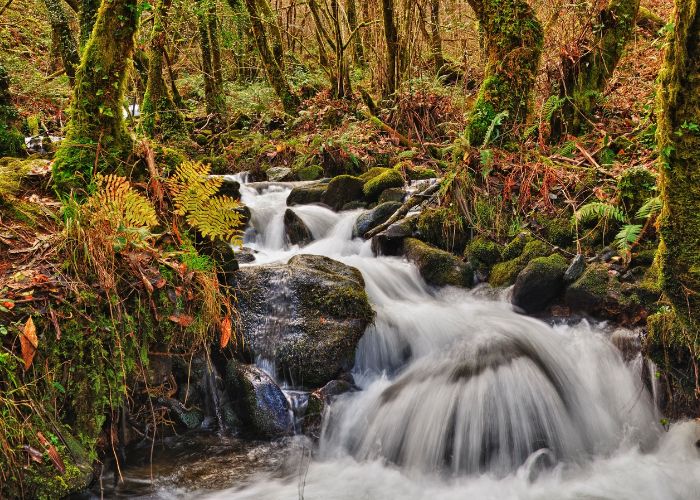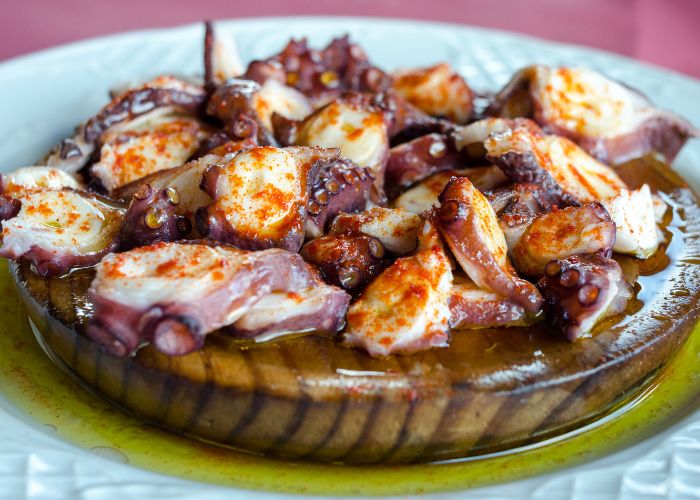Located in the northwestern corner of Spain, Galicia is a region with a rich cultural heritage, stunning landscapes, and mouth-watering gastronomy. It is the perfect destination for those seeking a break from the hustle and bustle of urban life, and a chance to immerse themselves in the traditions and culture of one of Spain’s most distinct regions.
In this article, we’ll explore some of the things that make Galicia such a unique and captivating place.
A brief history of Galicia
Galicia has a rich history, dating back to the pre-Roman era. The Celts, who settled here around 700 BC, left behind many of the region’s unique traditions and cultural practices. Later, the Romans conquered Galicia and left their mark on the region’s architecture and infrastructure. During the Middle Ages, Galicia became an important pilgrimage destination, with the Cathedral of Santiago de Compostela serving as the final resting place of the Apostle James. Whereas, in modern times, Galicia has become known for its contributions to literature, music, and cuisine.
Traditions and culture
Galicia has a distinct and vibrant culture, with many unique traditions that have been passed down through generations. One of the most famous is the pilgrimage to Santiago de Compostela, which has been a popular practice for over a thousand years. The region is also known for its traditional music, perhaps surprisingly, such as the bagpipes. It is also popular for its colourful festivals, including the Fiesta de San Juan, which celebrates the summer solstice with bonfires and fireworks.
Things to do and see
Galicia has no shortage of attractions for visitors to enjoy. One of the most famous is the Cathedral of Santiago de Compostela, which draws pilgrims and tourists from all over the world. The region is also known for its stunning coastline, with picturesque towns and villages nestled along the rugged shoreline. For nature lovers, there are numerous national parks and nature reserves to explore, including the Fragas do Eume and the Serra do Courel.
Fragas do Eume
The Fragas do Eume is a stunning natural park. It is one of the most important forested areas in the region, covering over 9,000 hectares of land. The park is named after the Eume River, which runs through it, and the word “fragas” refers to the dense, leafy forest that covers much of the area.
The Fragas do Eume is home to a diverse array of flora and fauna, including ancient oak and chestnut trees, wild boars, otters, and many species of birds. It is also home to several endangered species, such as the European mink and the Eurasian lynx.
Visitors to the park can explore its many hiking trails, which wind through the lush forest and offer stunning views of the Eume River and its tributaries. There are also several picnic areas and campsites for those who wish to spend a night in the park. One of its most popular attractions is the Monastery of Caaveiro, a beautiful 10th-century monastery located on a hilltop overlooking the river.
Serra de Courel
The Serra do Courel is a mountain range near the border with Castilla y León. The range is part of the Galician Massif and covers an area of around 200 square kilometers. It is one of the most biodiverse regions in Galicia, with a unique and fascinating natural environment.
The Serra do Courel is also popular with hikers, who come to explore the many trails crisscrossing the rugged terrain. The area is home to several small villages, which offer a glimpse into traditional Galician life. Visitors can explore the local architecture, which includes ancient stone houses and churches, and learn about the region’s history and culture.
One of the most interesting things about the Serra do Courel is its rich biodiversity. The area is home to a wide range of plant and animal species. Many of which are unique to the region. Some of the most notable species include the Iberian wolf, the golden eagle, and the Pyrenean desman. This is a small, aquatic mammal that is endangered and only found in a few places in Europe.
In addition to its natural beauty, the Serra do Courel is also known for its rich cultural heritage. The area has a long history of traditional crafts, including pottery, weaving, and basket making. Visitors can explore local artisan workshops and purchase unique, handmade items to take home as souvenirs.
Food and drink
No visit to Galicia is complete without indulging in the region’s renowned cuisine. Galician cuisine is famous for its seafood. Dishes such as pulpo a la gallega (Galician-style octopus) and percebes (gooseneck barnacles) are among the most popular. The region is also known for its wine, with the Albariño grape being one of the most famous. Galicia is also home to several breweries, such as Estrella Galicia that produce some of Spain’s best beer. There are also several small, artisanal breweries in Galicia that are gaining a following among beer enthusiasts.
In conclusion, Galicia is a region with a unique culture, rich history, and stunning scenery. Whether you’re a local or a visitor, there’s something for everyone to enjoy, from the famous pilgrimage to Santiago de Compostela to the delicious seafood and wine. With its vibrant traditions, natural beauty, and delectable cuisine, Galicia is a destination that should not be missed.






